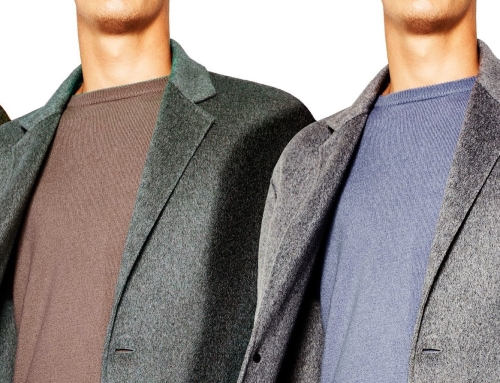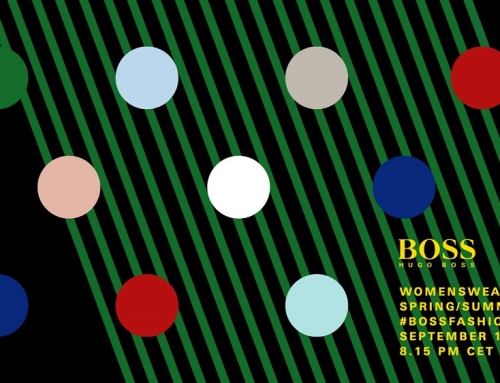Collaboration.
In fashion, today’s trend is a product of the recent financial slouch, an attempt by fashion’s elite to carve out a new and profitable niche in a changing market environment. But this is not something new for H&M. In the last few years the Swedish fast fashion giant has wrangled the likes of the iconic Karl Lagerfeld of the Chanel fashion house, Britain’s Matthew Williamson, and the Paris-based Viktor & Rolf. In the final thrusts out of recession, the mega brand is gearing up for a growing number of partnerships between its stores and fashion’s high priests.
With no signs of ending their love affair with the wide world of international designers, it is evident that for H&M and competitors, including the hip American mega retailer Target (who’s own Go International line offers affordable fashion created by emerging designers such as New York darling Erin Featherston), the formula works.
And they are not the only brands to pocket a golden egg from this chicken. Japanese-helmed international clothing retailer Uniqlo has become invigorated recently with the introduction of +J, a collaboration between the chain and minimalist German designer Jil Sander. The tremendous success enjoyed by the retailer over this past month — a success demonstrated by near-riots in stores when premiering the collection — has seen the drafting of a new contract for yet another season of looks designed by Sander. It’s no wonder H&M can’t seem to get out their Jimmy Choo and Sonia Rykiel collections fast enough.
That recent collaboration with Jimmy Choo, the high-end shoe design house, showed off its affiliation with fashion greats, and set the bar very high indeed.
In a press statement by founder and president of Jimmy Choo, Tamara Mellon shared her personal thoughts on the collaboration. “Jimmy Choo will bring to H&M a sophisticated, fashion-forward, accessible and glamorous collection — the perfect party pieces to buy now and then wear out that night!”
Given the growing span of partnerships between mega stores and coveted designer labels, not even cream-of-the-crop designers can help but delight in their dip into mainstream fashion, despite once being related only though the production of knock-offs of their past seasons. And in light of swelling profit margins, these liaisons have continued to increase in frequency.
Stella McCartney delved into H&M’s pool of ‘guest’ designers in 2005, at a time when her brand was still obscure except to those in the fashion know. As those before and after her have done, the designer spotted an opportunity to introduce her fashions to high street shoppers who would not normally take note of the brand.
“Designing a one-off collection for H&M is one of the most exciting and innovative ways to introduce my clothes to a broader range of women,” McCartney said at the time. And, as indicated by the number of stand-alone boutiques the designer has speckled across the globe since her work for the retailer, her business logic was sound.
H&M, too, has seen profit rises with these collaborations, with each and every ‘unique’ collection selling out in fits of shopping mayhem. However, as Central Saint Martins College of Art & Design professor Phil Baines believes, the deal made between high street and high fashion can also come at a cost. “I think as long as collaborations stretch conceptual thinking, they are a good thing,” Baines says in regards to the upward momentum of the trend. “However, if [designers] are merely providing cheap labour and undercutting the industry, then they are unacceptable.”
New York-based designer Yara Flinns of Nomia (a favourite at New York Fashion Week, with celebrity fans including Sonic Youth’s Kim Gordon) is moderate when it comes to her opinion of the trend. “It is a great way to make design accessible to everyone,” says Flinn. “I do think, though, that it is important to understand the differences in quality of materials and craftsmanship between the designer collections and the high street collaborations.”
For designers, it is not simply a matter of producing a collection for a new buyer; it is about designing a collection for a potentially new market, whilst staying true to the artistic makeup of one’s label. And, as is always the case when marrying art with mass consumption, the line between accommodating the realities of the market and selling out becomes very fine. “It is not possible to attain the same level at the prices the collaborations offer,” Flinn is quick to point out. Still, she is encouraged by the trend and the chance to share her designs with a new demographic. “I would be open to doing a collaboration with a large chain,” she affirms. “It is a very interesting challenge as a designer to make affordable accessible pieces.”
As we climb out of recession, it seems this new genre of fashion design may be a necessary element in the great equation of relevancy and caché.











